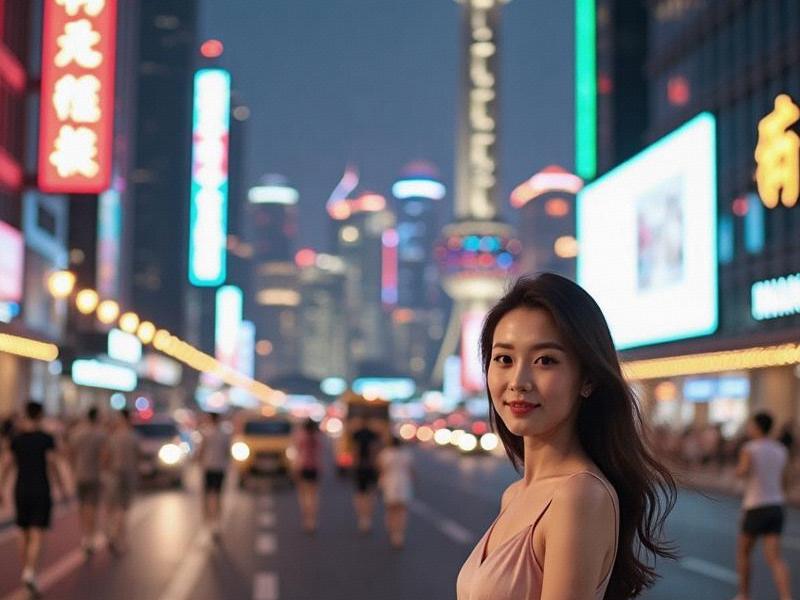
Chapter 1: The Shikumen Paradox
1.1 Last Days of Tianzifang
- The controversial 2024 redevelopment plan
- Artist colonies vs. commercial interests
- Preservation technology breakthroughs
1.2 Xintiendi Blueprint 2.0
- Lessons from two decades of adaptive reuse
- The new "living museum" concept
- Balancing tourist appeal with local character
Chapter 2: The Human Cost of Progress
2.1 Displacement Patterns
- Relocation compensation mechanisms
爱上海论坛 - Intergenerational housing conflicts
- Community memory preservation projects
2.2 The New Shanghainese
- Young creatives revitalizing old spaces
- Foreign entrepreneur influx
- Co-working space phenomena
Chapter 3: Architectural Alchemy
3.1 Hybrid Design Innovations
- "Stealth modernization" techniques
- Climate-responsive retrofits
- Cultural continuity in facade preservation
爱上海同城419 3.2 Infrastructure Challenges
- Ancient pipes meet smart city tech
- Narrow lanes and emergency access
- Heritage-grade materials shortage
Chapter 4: Economic Ecosystems
4.1 The Microbusiness Renaissance
- Craft breweries in converted factories
- Boutique hotels occupying lane houses
- Artisanal retail clusters
4.2 Tourism Pressures
- Overtourism mitigation strategies
- Experience economy opportunities
上海私人外卖工作室联系方式 - Digital nomad impacts
Chapter 5: Future Visions
5.1 The 2035 Development Roadmap
- Community participation mechanisms
- Density bonus systems
- Cultural sustainability metrics
5.2 Global Lessons
- Comparative analysis with Berlin, Tokyo
- UNESCO designation debates
- Pandemic-era urbanism adaptations
Epilogue: The Soul of the City
Through intimate portraits of residents old and new, this investigation reveals how Shanghai's neighborhoods serve as living laboratories for 21st century urbanism, where every renovated brick tells a story of China's delicate dance between tradition and transformation.
